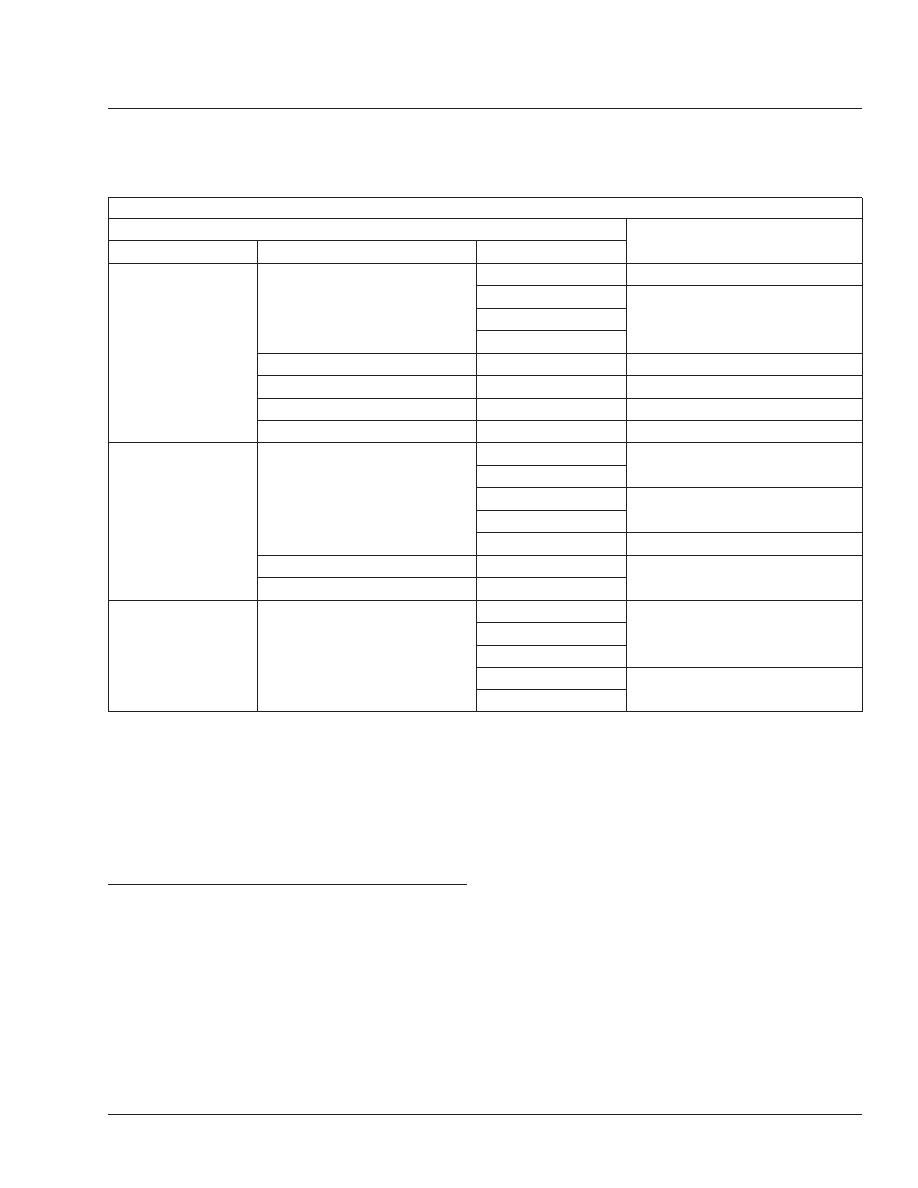Freightliner Century Class. Manual - part 29

Brake Chamber Stroke Specifications
Chamber
Max Applied Stroke: inch (mm)
Manufacturer
Type
*
Size
†
Haldex
Standard Stroke
12
1-3/8 (35)
16
1-3/4 (44)
20
24
2-1/2-Inch Extended Stroke
24
2 (51)
3-Inch Extended Stroke
24
2-1/2 (64)
Standard Stroke
30
2 (51)
Long Stroke
30
2-1/2 (64)
Meritor
Standard Stroke
9
Less than 1-1/2 (38)
12
16
Less than 1-3/4 (44)
20
24
Less than 1-7/8 (48)
Long Stroke
24
Less than 2 (51)
Standard Stroke
30
Dana Spicer
Long Stroke
16L
2 (51)
20L
24L
24LS
2-1/2 (64)
30LS
*
Long stroke design is indicated by a tag, or embossing, on the brake chamber.
†
Specifications are relative to a brake application with 80 to 90 psi (550 to 620 kPa) air pressure in the brake chambers.
‡
If type 36 chamber is used, slack length should be less than 6 inches.
Table 1, Brake Chamber Stroke Specifications
42–11 Versajust Slack Adjuster
Inspection and
Lubrication
IMPORTANT: Perform the Brake Inspection
maintenance operation before lubricating the
slack adjusters.
1.
Visually check for physical damage, such as bro-
ken air lines and broken or missing parts.
2.
Using a quality multipurpose chassis lubricant,
NLGI Grade 2, lubricate the slack adjuster
through the grease fitting until clean lubricant
flows from the grease relief opening in the boot.
3.
Perform the "In Service Inspection."
In Service Inspection
1.
Apply and release the brakes several times while
observing the slack adjuster. The slack adjuster
and brake actuator should move freely, without
binding or interference, and should return to the
full released position. Observe the looseness that
exists between the clevis and adapter bushing
and the yoke and link pins and their mating parts
(clevis, body, link). Replace these parts if loose-
Brakes
42
42/11